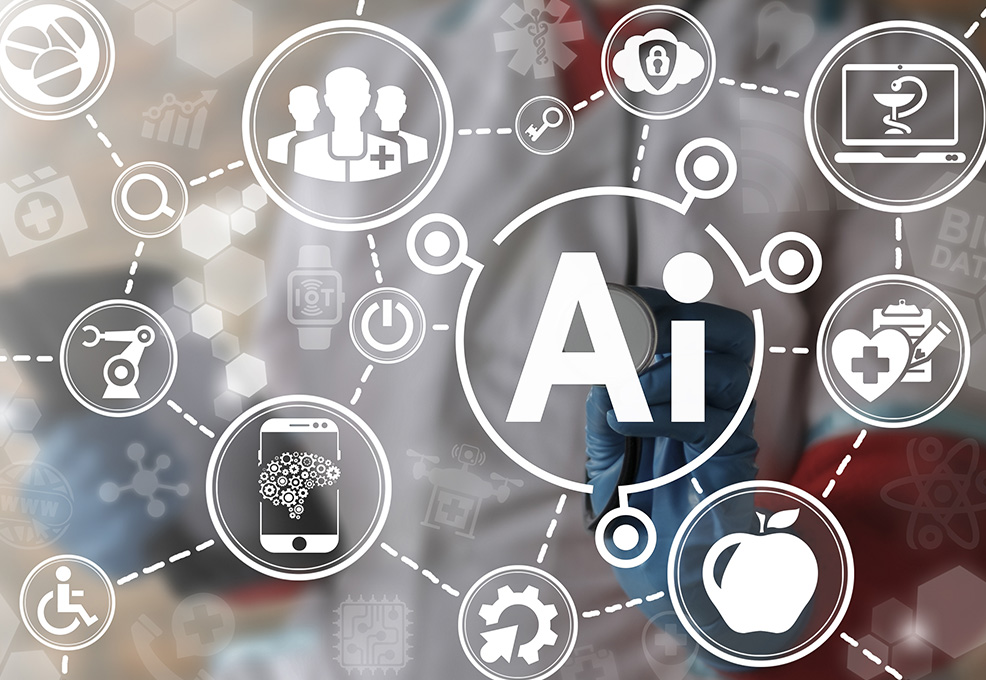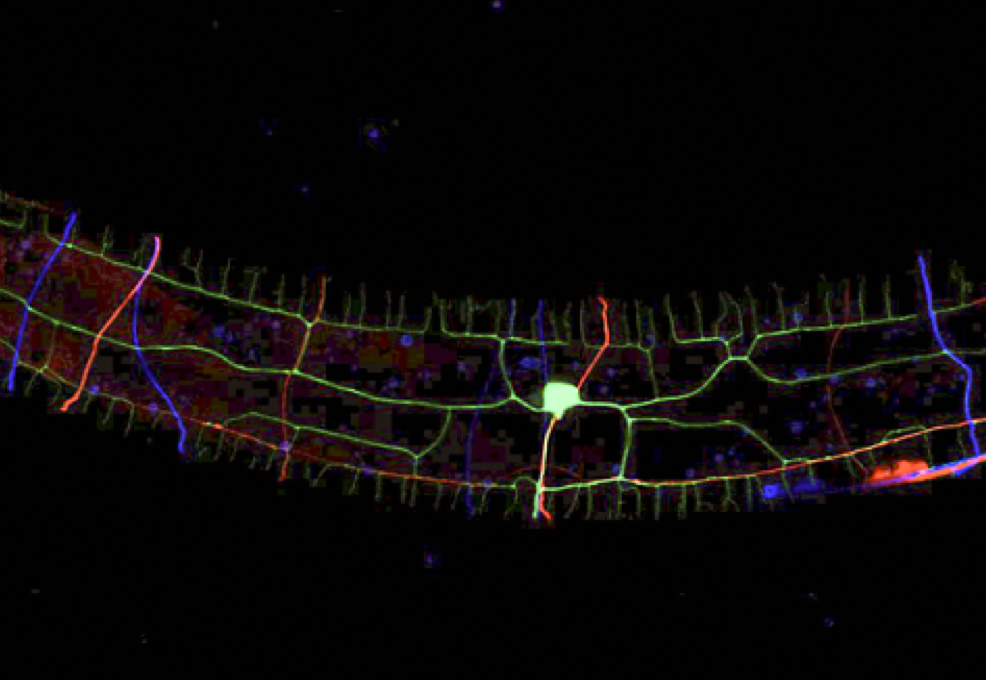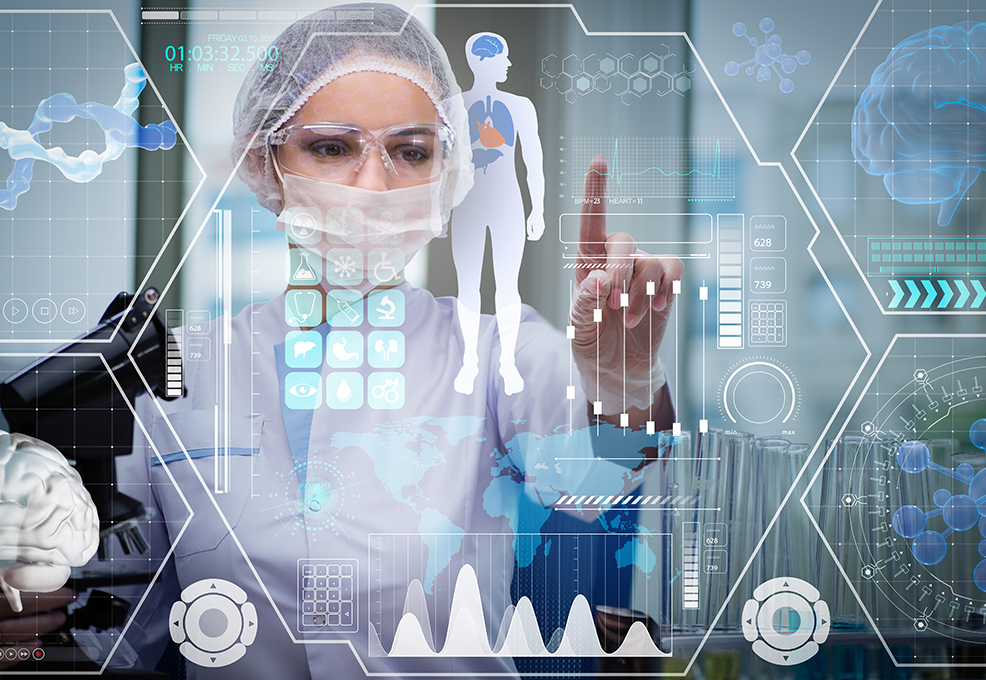Sculpting A Perfect Neuron

Author(s)
Chang-Fu KuoBiography
Dr. Kuo is a Director of the Office of Medical Research & Center for Artificial Intelligence, Linkou Chang Gung Memorial Hospital. He is an expert of big data analysis. Now he leads the AI initiative in Chang Gung Memorial Hospital focusing on AI research and the clinical application of medical images, signals and nature language processing.
Academy/University/Organization
Linkou Chang Gung Memorial Hospital-
TAGS
-
Share this article
You are free to share this article under the Attribution 4.0 International license
- LIFE SCIENCES
- Text & Image
- July 14,2021
Progressive and universal medical care plays an essential role in shaping the quality of people's lives. The main challenges currently faced by Taiwan's medical care are the aging of the population and the dynamic responses required in the post-epidemic era. These demands have placed a heavy burden on medical staffs. The Chang Gung Medical System is aware of the increasing demand for intelligent medical care and has actively introduced technology and deployed it in advance. They established the Center for Artificial Intelligence (CAIM) in 2018, led by Dr. Guo Changfu, dedicated to developing artificial intelligence algorithms and practical applications in the clinical field of hospitals to improve patient care and reduce the burden on medical staff.
Artificial Intelligence (also referred to as AI) refers to intelligent human-like technology using computers. The acting skills are in the performance, but the acting skills, language analysis, and ability in specific fields similar to the human level of reasoning, knowledge generation, communication, learning, exploration, and movement are expansive and breakthrough progress. With the continuous breakthrough of high-speed computing and parallel processing software technology in the past two years, AI has been widely used in the medical field, especially in the medical field of auxiliary diagnosis, disease diagnosis and prediction, medical imaging auxiliary diagnosis, drugs, etc. However, due to the high degree of control over patients in the medical field, the overall medical field has been slower to develop artificial intelligence than other fields. In the Chang Gung Memorial Hospital system, many clinical record and data from medical services have been digitalized for years. These are invaluable assets for participating in artificial intelligence research. Combining seven different hospitals, the laboratory has accumulated rich results in the past three years, based on various algorithms developed by medical hospitals, collecting real data, and gradually moving towards clinical practice.
The application of AI in the medical field can be divided into short-term and long-term goals. The short-term goal is aimed at immediately helping medical practitioners to reduce the burden of work, such as routine or opportunistic auxiliary screening/prognosis prediction. Routine screening mainly assists physicians in performing current diagnostic methods; for example, a chest x-ray is routinely used to diagnose lung lesions. Opportunistic screening/prediction uses screening tools to conduct a risk assessment for "different" indications to obtain clinical information provided by complex and expensive examinations (ECG to predict heart contraction). In the long run, AI should combine with other fields to provide people with better medical services. For example, in combination with community or remote medical treatment, it can track the physiological index of patients in real time, and provide warnings or medical advice based on these dynamic values to achieve a concept of preventing and reducing patient admissions. In the future, depending on the value of each person's genome, the model can analyze and provide customized risk prediction or treatment. This is the so-called precision medicine. After admission, there is also a so-called triage and decision-making system, which can help allocate medical resources and optimize the process of patient data entry, referral, examination, and discharge. Even after being discharged from the hospital, the concept of real-time dynamic monitoring is returned to reduce the possibility of re-admission.
In the past few years, the center has achieved fruitful results in cooperating with clinicians to develop algorithms. These achievements include disease diagnosis models based on various medical images such as X-ray, computer tomography, ultrasound, and pathological slices. In addition to the development of the model, the center also applies algorithms for clinical usage and has experience in using AI tools. In addition, the center is also one step closer to turning artificial intelligence into medical materials, intending to make it more widely used by the general public or companies. For example, the cardiologist in our hospital developed a convenient 10-second 12-lead ECG to estimate the patient's left ventricular output rate. In this way, a simple electrocardiogram can be performed during the health check, and early or even asymptomatic patients with early-stage heart failure can be screened in time. Early intervention, treatment, and life changes can be made to prevent the disease from getting worse. These efforts have also been recognized and have won more than ten national innovation awards for two consecutive years. The basic nature of the automation of these tools can also allow medical staff to reduce the burden and focus more on patient care (Figure 1).

Figure 1. The 17th National Innovation Award
However, the application of artificial intelligence also has many challenges. Here are a few points for discussion. Looking at models from the perspective of clinical practice, it is often necessary to consider whether they can help. For example, it is best to think about immediate benefits when importing the model at the most basic level. People at the bottom usually have their habitual working methods, and the model can be automated. For specific processes, it is also necessary to consider whether the original structure can be gradually introduced without affecting the existing working mode. In addition, whether general users or even doctors without professional domain knowledge can believe the effect of the model involves the transparency or explanatory issues of the model. The most challenging reason for the promotion from the hospital to the outside is the return to privacy and legal restrictions. This problem has also been further extended to the big problem of machine learning. The use of artificial intelligence in medical care can indeed bring convenience, but subsequent development requires the cooperation of the entire industry and the environment to make the technology rooted in the medical system. The center is fortunate to be able to obtain resources from the hospital in the early stage and develop in the future. We hope to cooperate with other external technology companies or medical systems to transform research results into medical materials, and to promote the characteristics of AI medical treatment, and jointly improve the medical welfare of the people (Figure 2).

Figure 2. The AI team of Chang Gung Memorial Hospital has won multiple national innovation awards
STAY CONNECTED. SUBSCRIBE TO OUR NEWSLETTER.
Add your information below to receive daily updates.




